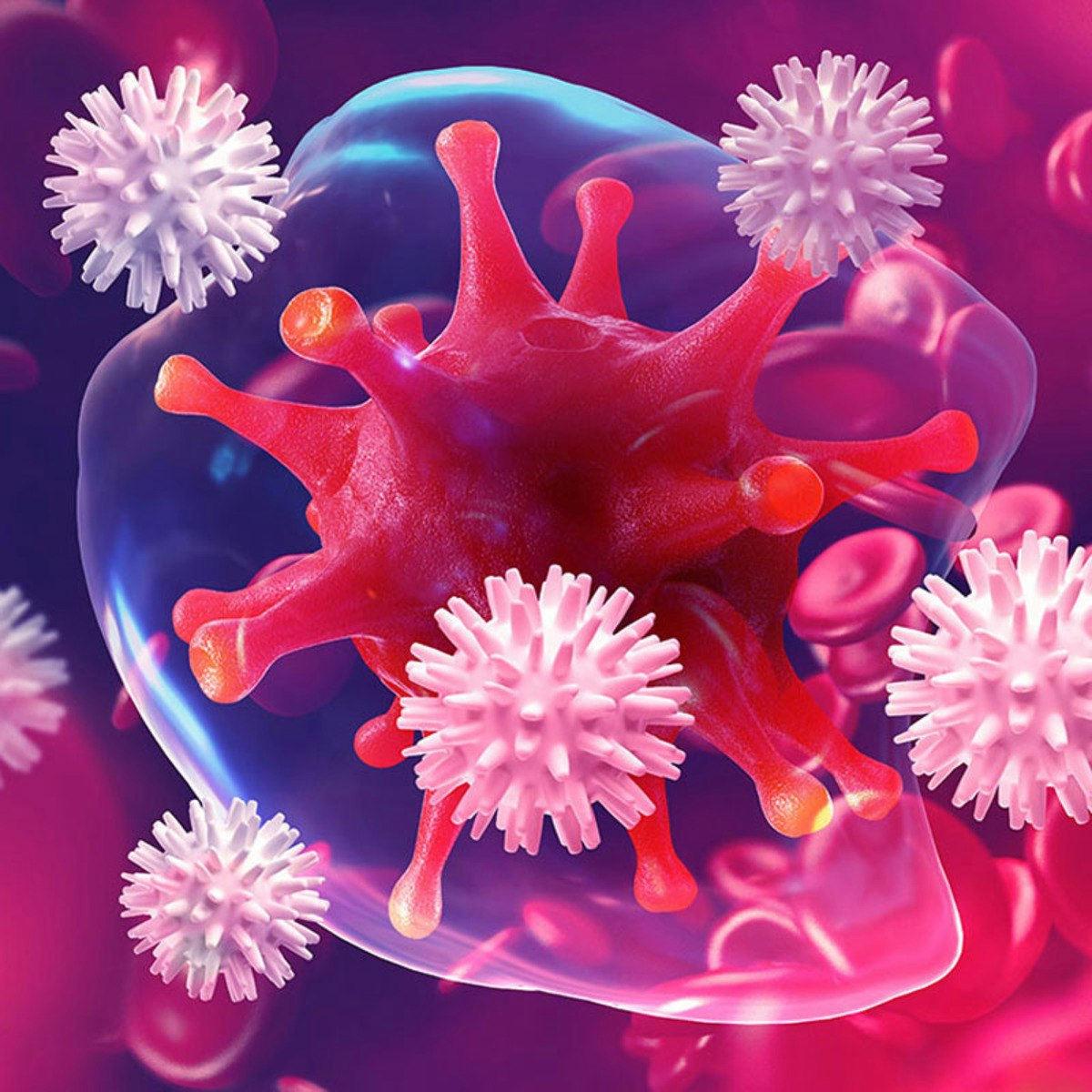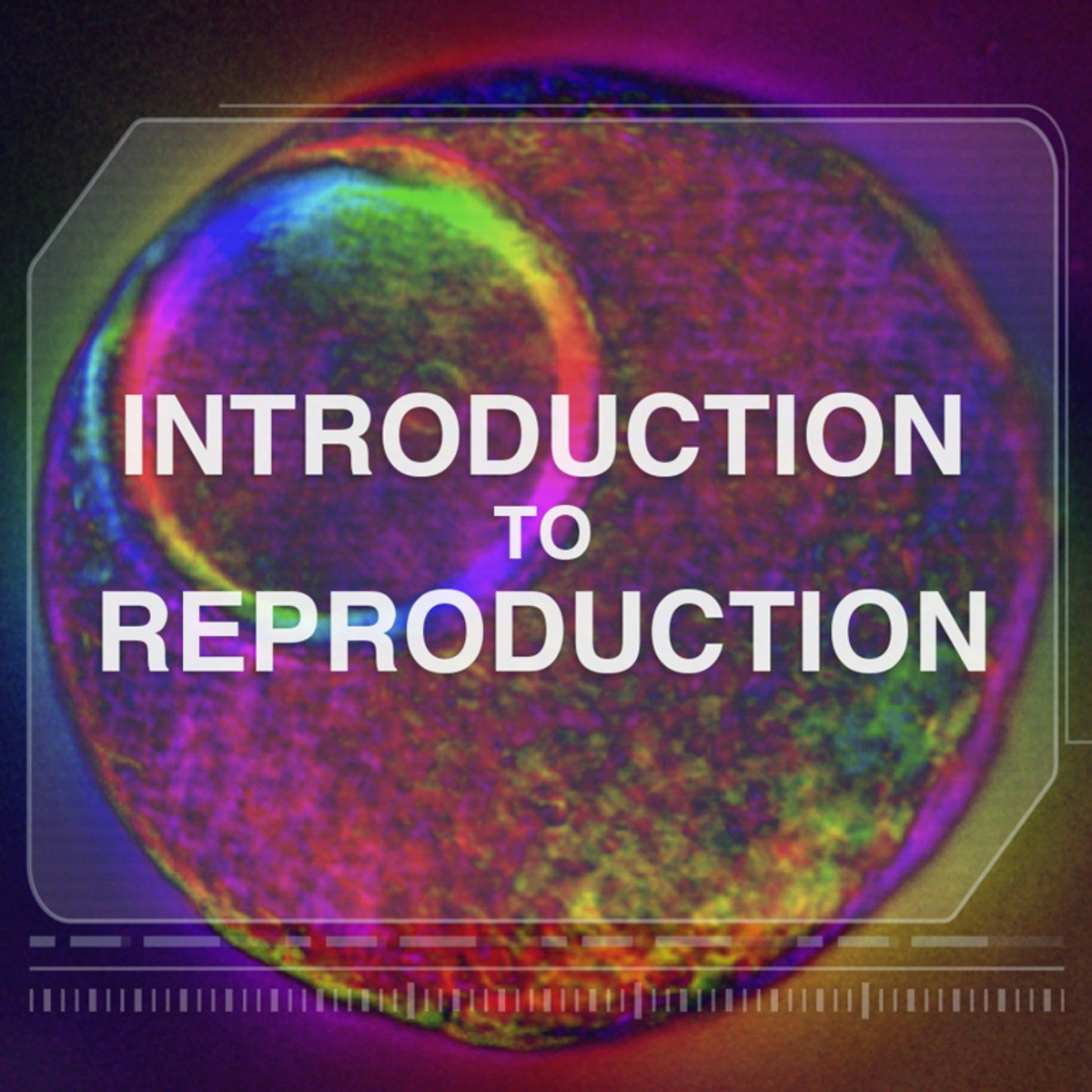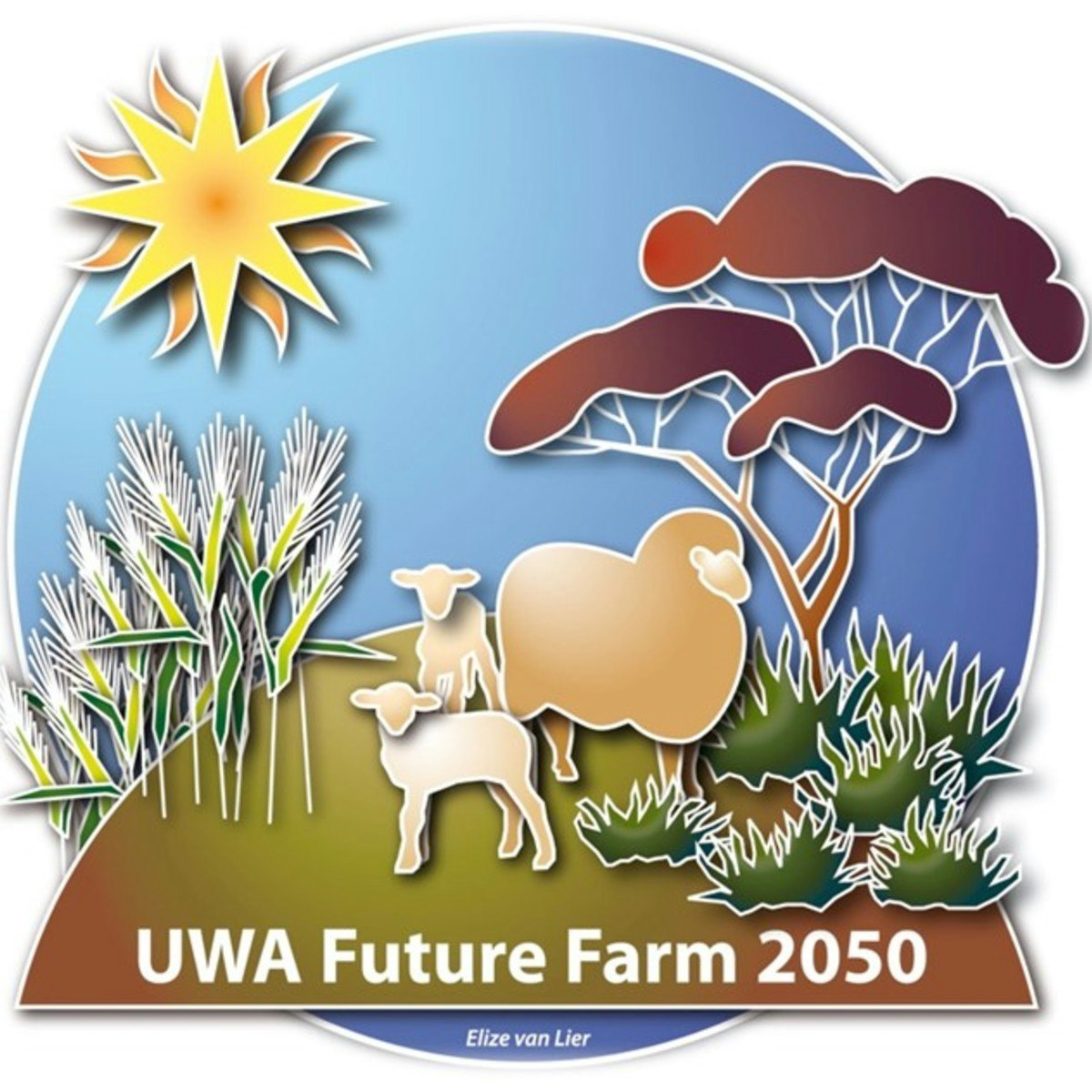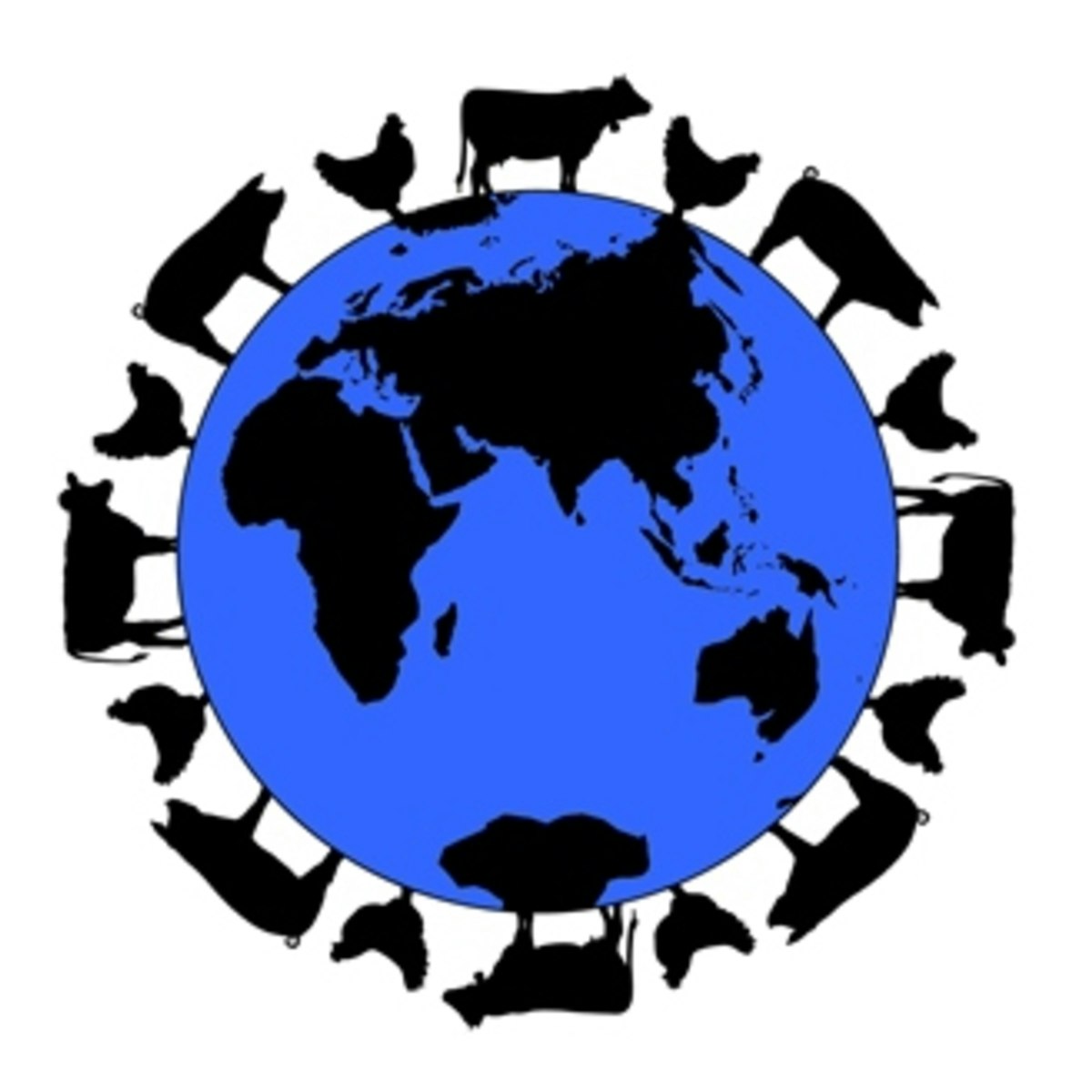Back to Courses









Basic Science Courses - Page 6
Showing results 51-60 of 128

HPV-Associated Oral and Throat Cancer: What You Need to Know
Welcome to HPV-Associated Oral and Throat Cancers: What You Need to Know
This course, offered by the Department of Otolaryngology – Head and Neck Surgery at the Icahn School of Medicine at Mount Sinai, is designed to inform primary care physicians and otolaryngologists (general and head and neck surgeons), as well as medical students, residents, nurses, physician assistants, medical assistants, about HPV-associated oral and throat cancers. It is also applicable to individuals who wish to broaden their knowledge and vernacular about this disease process, especially those who may have been diagnosed with HPV and/or HPV-associated oropharyngeal cancers. The course has been divided into four modules, each of which is followed by multiple choice questions to help attendees further understand this condition:
Week 1 - CME Information, Accreditation and Introduction (2 min)
Week 2 - Module 1: HPV-associated Throat Cancer: An Epidemic (11 min. + quiz)
Week 3 - Module 2: HPV Risk Factors and Clinical Presentation (10 min. + quiz)
Week 4 - Module 3: Management of HPV-associated Oropharyngeal Cancer (13 min. + quiz)
Week 5 - Module 4: Prevention, Vaccination, and the Horizon (10 min. + quiz)
The primary objective of this course is to provide physicians with a thorough understanding of how to better diagnose and treat patients who have HPV-related oral and throat cancers.
Note: This course is no longer available for CME Credit.
Please review the CME Information and Accreditation prior to proceeding with the course modules.
Release Date: February 4, 2019
Expiration Date: February 4, 2021
Estimated Time to Complete: 1 hour
CME Fee: $30
CME Credits Offered: 1.0
CME Reviewer: Marita S. Teng, MD
How to Receive CME Credit:
For physicians who are interested in earning CME credits and other allied health professions who wish to receive a Verification of Attendance certificate, you must:
a. Complete Signature Track (details to follow after enrolling in this course)
b. Complete registration process through the Icahn School of Medicine at Mount Sinai, CME Office using the following link:
https://mssm.cloud-cme.com/default.aspx?EID=4177&P=3000&CaseID=78 (WARNING: This course is no longer available for CME Credit.)
(You will be required to pay an additional non-refundable fee of $30.00 in addition to the $49.00 fee for signature track.)
c. Email an attached copy of your Verified Certificate from Coursera to the CME office at the Icahn School of Medicine at cme@mssm.edu and request your CME certificate.
d. You will be provided with the instructions for downloading your CME/CE certificate.
Course Planners
Lynette Bobbitt
Lisa Chase
Eric M. Genden, MD
Jill Gregory
Gale Justin
Paul Lawrence
Carter Lim
Erik Popil

Fundamentals of Immunology: Innate Immunity and B-Cell Function
Course 1 of a three course specialization called Fundamentals of Immunology. Each course in the specialization presents material that builds on the previous course's material.
This is the first leg of a three-part journey through the defenses your body uses to keep you healthy. In this part we hope to give you the vocabulary and concepts you need to interact with the medical community and to provide them in a context that makes them memorable.
Fundamentals of Immunology introduces students to the basic functions of the adaptive and innate immune systems. The early lectures survey cells, tissues and organs using metaphors, cartoons and models to improve understanding and retention. After describing the form, function, origin and varieties of antibodies, subsequent lectures provide details on the mechanism of the generation of variation. The course provides animations of gene rearrangement and class switching and descriptions of affinity maturation correlated with detailed physical models of antibody structure. The final lecture reviews these concepts in anatomical context. Testing employs multiple choice questions testing facts, concepts, and application of principles. Questions may refer to diagrams, drawing and photographs used in lecture and reproduced in the outline.
What You’ll Learn:
The difference between adaptive and innate immune systems, the characteristics of various pathogens that they protect you from and the overall strategies employed in this protection. The detailed structure of antibodies and related immunoglobulin receptors, the characteristics and function of the different antibody classes and the mechanism for producing both the recognition regions and stem regions. Finally, how these structures are coded for in the DNA and expressed in the B cells.

Introduction to Reproduction
Do you have questions about sex hormones or menstrual cycles? This is a crash-course in human reproductive health through fact and biology-based information on a variety of topics. "Sex 101" will cover reproductive anatomy, key biological changes during puberty, sexual biology and contraceptive methods, reproductive disorders, and a special introduction to the exciting field of Oncofertility. Specific lecture titles are as follows: 1) Reproductive Anatomy & Hormones, 2) Menstrual Cycle, Oocyte Maturation, & Sperm Activation, 3) Sexual Biology, Fertilization, & Contraception, and 4) Reproductive Health & Disorders.
The objective of this course is to ensure you understand reproductive health and not confuse reproduction with sex (or having sex). This course was designed with you in mind, and is aimed at providing you with quality information that is meaningful to you and that may be hard to find otherwise. Reproductive health is an area of knowledge that needs to be demystified. We have designed this course for you to examine reproduction through a biological and scientific lens addressing these issues in a comfortable and interactive format that will lead to a better understanding of holistic health, long-term.

Women in environmental biology
Have you ever wondered how humans relate to other living beings and what do you need to know to be able to understand current environmental problems? Do you know that many of these researches and knowledge have been described by women?
This course gives answers to these questions and it is addressed to anyone interested in the relationship between humans and other living beings, as well as all those concerned about the global change situation that the planet is suffering.
We will learn key concepts of environmental biology, what does the word biodiversity mean, what are the main types of living organisms that exist on the Earth and the importance of these for human beings. We will also learn that the gender perspective plays a key role in how we understand the world and in how science, and in particular, environmental biology, progress.
What is this course useful for? In the current context of global change of the planet, sustainability is a key and transversal concept in many aspects of our life: education, politics, legislation, etc ... Knowing to appreciate the importance of our relationship with the natural environment will facilitate to work on issues related to sustainability with a solid knowledge based on evidence.
On the other hand, there is growing evidence that the gender perspective is a key element in the transformation of many environmental problems on the planet. This course has been designed and developed by a team of women researchers applying the gender perspective in the content and structure of the course. In addition, with this course you will discover many other women who, throughout history, have made key contributions to environmental biology and that will surely allow you to start stretching the thread to know more of them.

Anatomy of the Abdomen and Pelvis; a journey from basis to clinic.
In this anatomy course you will explore the organs involved in our food digestion and discover the common causes of abdominal and pelvic pain. The latest graphics and animations will help you to find new insights and understanding of this part of the body, that has been the focus of anatomical research for centuries and presently arouses renewed scientific interest.
You will explore the 3D anatomy of the organs from a basic level, providing thorough anatomical understanding, to its advanced application in surgical procedures. This course will challenge you to discover and help you to understand the anatomy of the abdomen and pelvis in all its aspects, ranging from its embryological underpinnings, via digital microscopy to gross topography and its clinical applications.
The course is unique in that it continuously connects basic anatomical knowledge from the lab with its medical applications and current diagnostic techniques. You’ll get the chance to discuss anatomical and clinical problems with peers and experts in forum discussions and you will receive guidance in exploring the wealth of anatomical information that has been gathered over the centuries. Follow us on an exciting journey through the abdomen and pelvis where you digest your food but also where new life starts!

Introduction to Biology: Evolution
Evolution is one of the most interesting fields within biology, and one that’s central to a complete understanding of modern biology. We begin by tracing how Charles Darwin developed a theory of evolution by natural selection and the many ways that biologists have advanced the science of evolution since his lifetime. We then go on to learn about the many applications of evolutionary biology to our everyday lives.

Translating Research to Healthcare Policy
In this course, you will learn about the process of evaluating the real-world outcomes of health research. You will learn important terminology and concepts as you explore how the outcomes of health research can influence health policy and practice. The readings, videos, and activities in this course should be completed in the order they are presented to ensure that you will have the best learning experience possible. This course will be of interest to graduate students, health professions students, scientists, public health professionals, and others conducting or planning a career in translational research.
This is the final course in the “Translational Science” series.

Everyday Chinese Medicine
This course aims to serve as an education platform on Chinese medicine (CM) for the general public. Our primary goal is to empower healthcare choices by promoting awareness and practical application on CM diagnostic and therapeutic approaches, as well as regulation on CM services and herbal products using international examples.
In the first part of this course, learners will develop skills in applying basic theory of Chinese medicine (CM) for understanding health and illnesses, and be able to compare and contrast views from Chinese and western medicine perspectives. In the second part, learners will be able to diagnose their own CM body constitution, and to apply appropriate CM self-care practice including food therapy, acupressure, Baduanjin and meditation. Learners will also be able to identify commonly used Chinese herbs, and to describe the core principle of acupuncture.
Specific competencies include:
1. State the basic theory of Chinese medicine and compare it with the principle of western medicine.
2. Apply the diagnostic approach of Chinese medicine and describe one’s body constitution.
3. Describe the core principle of Chinese herbs and acupuncture, and to understand their role in promoting health and wellness.
4. Develop self-care plan according to body constitution, using the practice of food therapy, acupressure, and Baduanjin.

Discover Best Practice Farming for a Sustainable 2050
The Discover Best Practice Farming for a Sustainable 2050 Course is based on a clear vision: imagine best practice farming for 2050, start to implement these strategies now, all the while making sure it will still be profitable. At UWA we're doing just that with the Future Farm 2050 Project, set on a mixed-enterprise farm in Western Australia and we want you to learn how it can be done in your part of the world.
Although this course is based on agriculture, it's not only about farming. It is a multi-disciplinary course that addresses a wide range of issues confronting the industry, including rural communities, rural infrastructure and conservation of biodiversity in agriculture.
By completing this course you will understand that feeding and clothing the planet requires a multi-disciplinary approach
and upon completion you will be able to explain best practices of sustainable farming and apply them in new contexts.
Feeding the World
This course will explore the concepts driving current food production science (population growth, urbanization, emerging affluence, resource constraints, and underlying biological limits) with the main focus on livestock production. Each of the major food animal species (dairy, swine, beef, and poultry) will be covered in terms of their universal life cycles, constraints to production and emerging societal issues.
Throughout the course, we will tackle some difficult and important questions:
What are the major health benefits and potential concerns regarding the production and consumption of animal products?
How does animal production affect the efficient use of resources and impact our environment?
Can cost of production be reduced to meet growing demand for animal products around the globe while maintaining health and safety for both animals and consumers?
What are the different types of animal food production systems?
Myths and misconceptions surrounding the animal food systems will be discussed. We’ll also look closely at some of the global issues, problems, and challenges in these food systems which scientists, farmers, and veterinarians, are attempting to solve through collaboration.
Lectures will be delivered by several experts from the University of Pennsylvania, School of Veterinary Medicine who are intimately involved in the study and advancement of animal production systems. The course is geared towards learners who seek a greater understanding of animal food systems as well as those who might have never visited an animal farm, but have a desire to learn more about where some of our food comes from and issues surrounding sustainability.
Popular Internships and Jobs by Categories
Find Jobs & Internships
Browse
© 2024 BoostGrad | All rights reserved